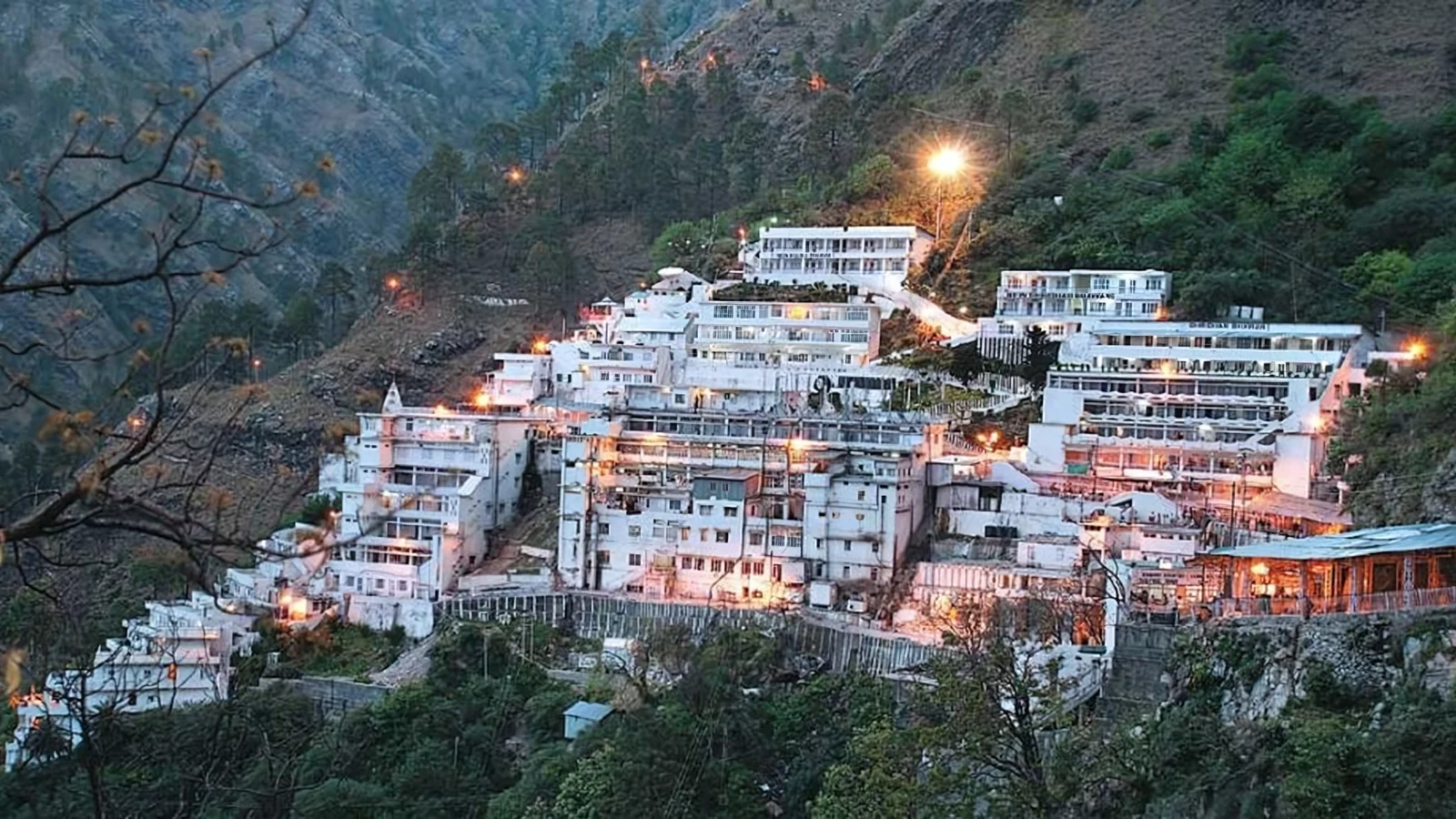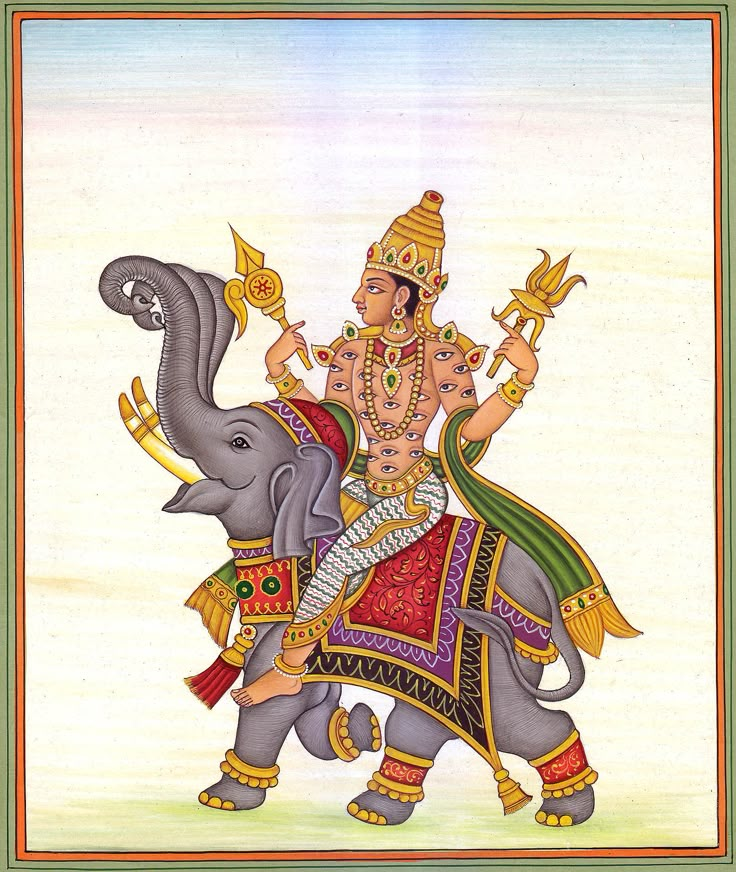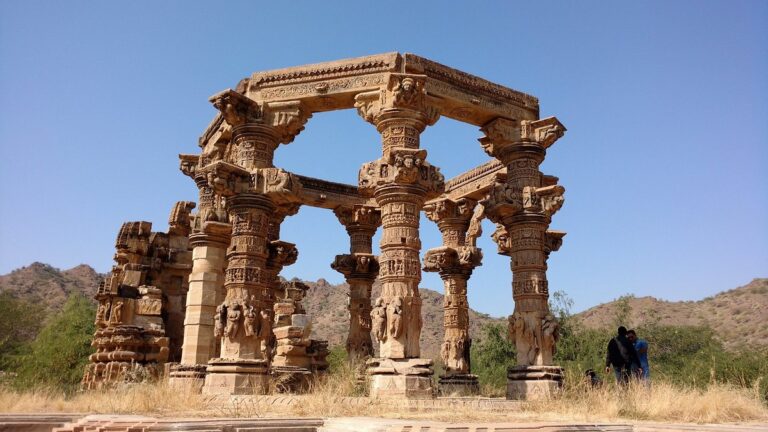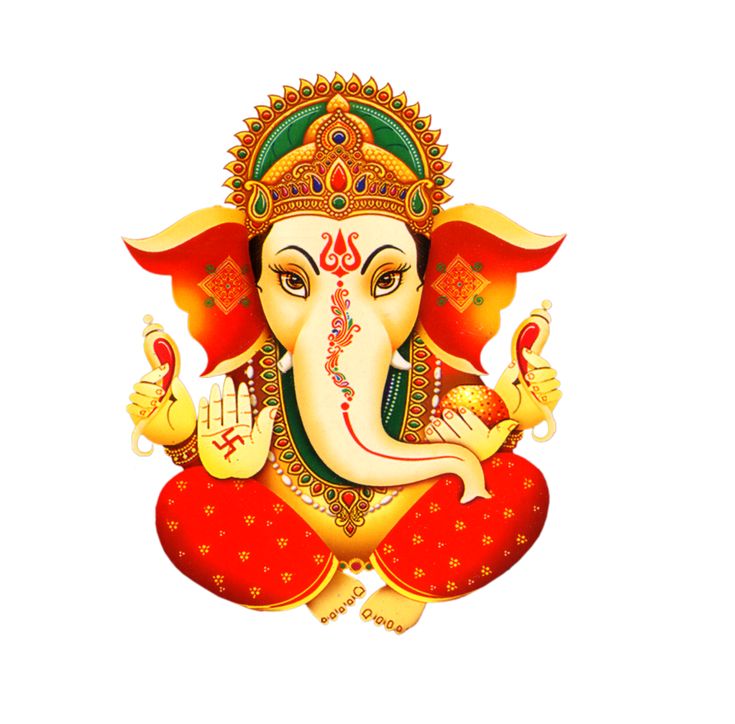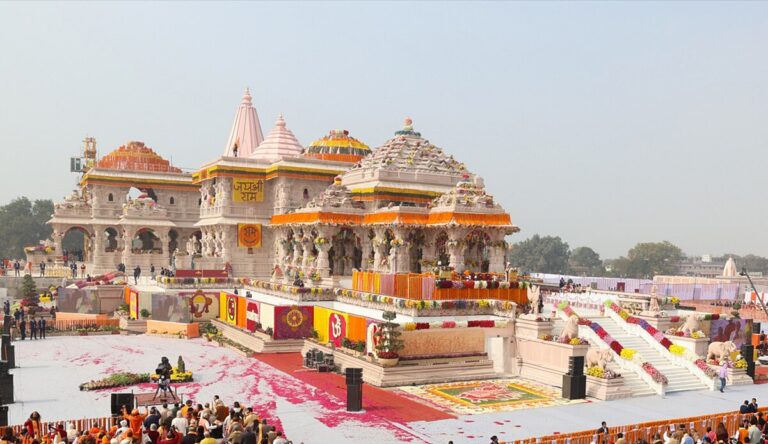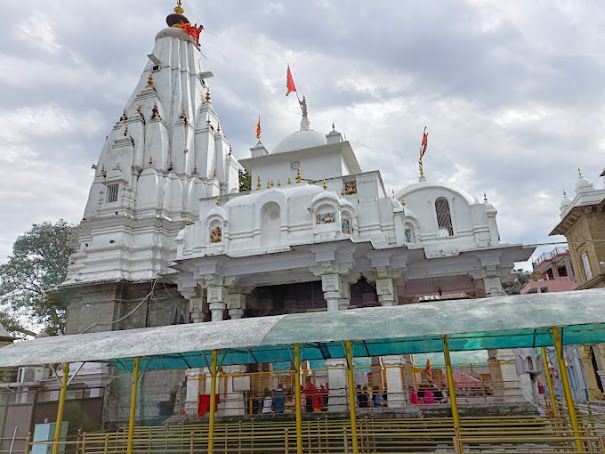Nestled deep within the folds of the Trikuta Mountains in the union territory of Jammu and Kashmir, the Vaishno Devi temple is one of Hinduism’s most revered pilgrimage sites. Every year, millions of devotees make their way to this sacred shrine, braving steep climbs and unpredictable weather, driven purely by unshakable faith. But beyond the yatras and chants lies a story that weaves together devotion, mythology, and divine feminine power—a story many know only in fragments.
The Origin of the Divine Mother
The legend of Vaishno Devi begins in the Treta Yuga, the era of Lord Rama. It is believed that the Goddess Vaishnavi was born as an incarnation of the collective energies of Goddess Mahakali, Mahalakshmi, and Mahasaraswati. Her purpose was to restore Dharma during a time when evil forces had begun to spread fear and disharmony across the land.
As a young girl, Vaishnavi practiced severe austerities and meditation in the forests. Her divine energies began to attract attention—not just of devotees, but also of demons. One such demon, Bhairavnath, a tantrik and powerful sorcerer, became obsessed with her. Despite her warnings, he chased her, which led her to take refuge in the Trikuta Hills.
It is here that the divine story takes a more mystical turn.
The Cave and the Legend of Bhairavnath
To escape Bhairavnath, the Goddess entered a cave—now the sanctum sanctorum of the Vaishno Devi temple. She meditated there for nine months, much like a child rests in the mother’s womb. When Bhairavnath discovered her hiding place and tried to attack, the Goddess took her true form and beheaded him.
However, even after death, Bhairavnath was granted forgiveness by the Goddess, showing her infinite compassion. She blessed him and declared that anyone who visited her shrine must also visit Bhairavnath’s temple nearby, or their pilgrimage would be incomplete. This is why pilgrims today also trek to the Bhairavnath shrine after visiting the Vaishno Devi cave.
The Spiritual Journey
The Vaishno Devi pilgrimage is not just a physical journey, but a deeply spiritual one. It starts from Katra, a small town at the foothills, and covers approximately 13.5 kilometers uphill to the Bhawan (main temple). Devotees chant, sing bhajans, and often walk barefoot to show their devotion. Some even undertake the yatra by crawling or walking on their knees to express gratitude or fulfill a vow.
The route has evolved over the years with better infrastructure, helicopter services, and pitstops for resting. Yet, the core essence remains untouched. It is said that unless the Goddess calls you, you cannot make this journey. Those who return speak of an inexplicable sense of peace and transformation.
The Three Pindis – A Symbol of Divine Trinity
Inside the cave, the Goddess does not appear in an anthropomorphic form. Instead, there are three naturally formed rock formations called Pindis—each symbolizing Mahakali, Mahalakshmi, and Mahasaraswati. Unlike man-made idols, these Pindis are untouched by tools, and are considered to be a direct manifestation of the Goddess.
This sets Vaishno Devi apart from many other temples, making it one of the few shrines where the Goddess is worshipped in her natural form. It reinforces the idea that the divine doesn’t always require a human face to be real.
Cultural and Historical Significance
The first recorded mention of the Vaishno Devi shrine is found in the epic Mahabharata. It is believed that Arjuna, before the battle of Kurukshetra, meditated upon the Goddess and sought her blessings. Over centuries, kings, saints, and commoners have all paid homage at this sacred site.
The temple’s relevance grew particularly during the 20th century, as improved connectivity led to increased footfall. Today, the shrine board maintains the temple with excellent facilities while preserving its sanctity. Despite the commercialization around it, the temple complex radiates an energy that words often fail to describe.
Beyond Religion: A Collective Faith
One of the most remarkable aspects of Vaishno Devi is how it brings together people from every walk of life. Whether rich or poor, urban or rural, local or foreign—devotees share space, food, and stories along the yatra path. Faith dissolves social boundaries here. For many, it is not just a religious journey but an emotional and personal one.
Even those who may not identify strictly as religious often find themselves moved by the experience. The sound of chants echoing in the hills, the kindness of strangers helping fellow yatris, and the majestic view from the top together make it a pilgrimage that imprints itself on the soul.
The Eternal Mother
Vaishno Devi is more than a temple—it’s a living symbol of Shakti. She represents the power to endure, to forgive, and to uplift. Her presence in the cave, through the eternal pindis, is not just a tale of mythology but a reality that resonates with millions.
In a world that’s increasingly noisy, disconnected, and cynical, places like Vaishno Devi serve as gentle reminders of our spiritual roots. They pull us back to something ancient, powerful, and beautifully feminine.
To bow before her is to acknowledge the sacred feminine that resides in the cosmos, in nature, and within each of us.

